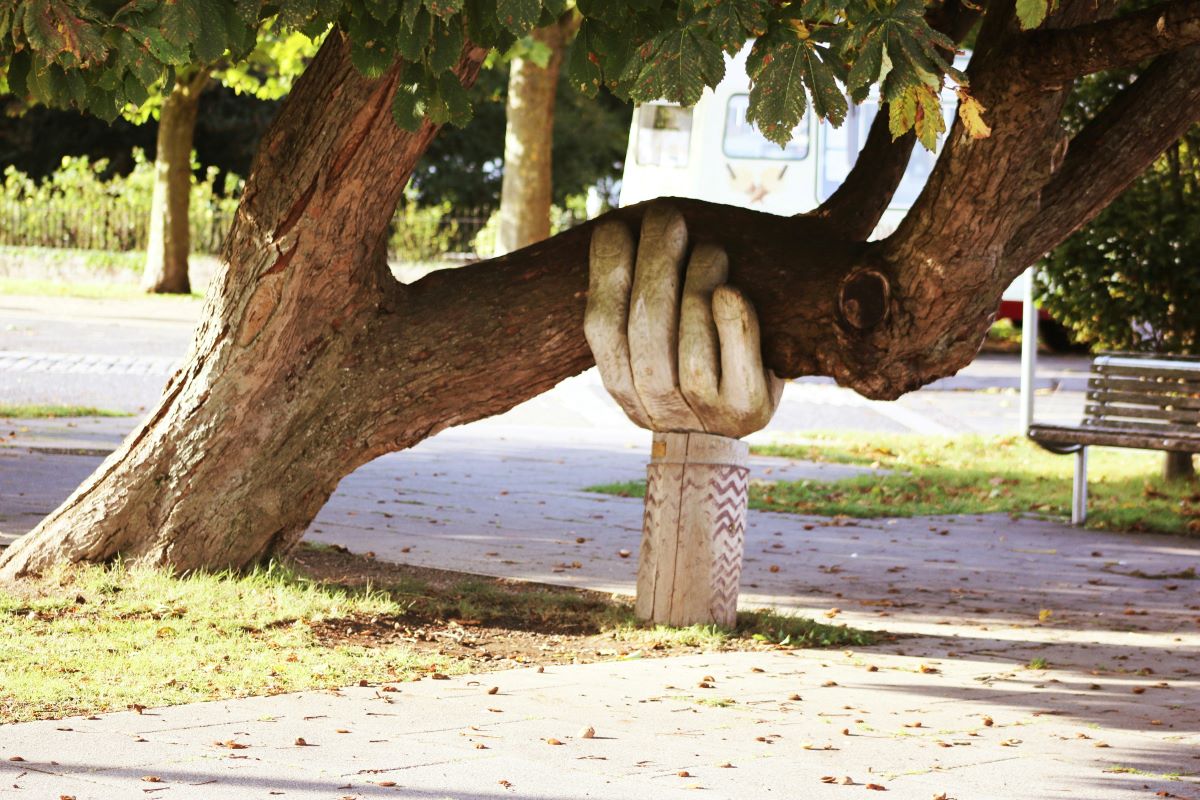
[Flash] Unraveling Dave Grohl’s Journey to Nirvana
|
I love origin stories – they validate our struggle and inspire perseverance.
Origin stories are the cornerstone of mentoring, jammed with experiences, lessons learned, and wisdom articulated upon reflection. Undeniably, I can be enraptured by a good memoir. While it’s easy to marvel at celebrities who seemingly launch to fame overnight, they, too, cradle an origin story. And it’s personal when they capture it in their memoir, inevitably mentoring us from afar with their messy, wisdom-rippled journeys. Being in college when Kurt Cobain and Nirvana besotted my generation, I was eager to inhale Dave Grohl’s memoir, The Storyteller to discover how an unknown drummer catapulted to stardom. In his book, Dave confesses that he taught himself to play the drums by pounding drumsticks into a pillow daily. Obsessed with music, Dave started a punk rock band with some friends in high school. He especially loved the band Scream, having memorized every song. So, when Dave saw a flyer on a bulletin board that Scream needed a drummer, he didn’t hesitate to call. Impressed with Dave’s talent and repertoire, the band offered him the spot – the tour was starting immediately. But Dave was only 17, a junior. He would have to drop out of school, risk his friendships, and disappoint his parents. And he admits he was afraid of failing. His fear won. He turned down the offer, and Scream left on their tour without Dave. Dave wrote, “I walked away from the opportunity because of fear, and I instantly regretted it.” Two months later, when Scream returned to town, Dave attended their concert, beelined for the backstage, and begged for another chance. Hesitant but eager to work with Dave, they acquiesced and made him their drummer. Dave promptly dropped out of school and resigned from his band. As he predicted, his friends were angry, his mom worried, and his dad enraged. But Dave was too busy quelling his fears to waffle. Immensely talented, his reputation as Scream’s drummer quickly grew. And that’s how Kurt Cobain found Dave Grohl – captivated in concert. The next day, Kurt called Dave and invited him to join his nascent band named Nirvana. This time, like stepping over a pile of fear on the floor, Dave did not hesitate. © 2024. Ann Tardy and MentorLead. www.mentorlead.com. All Rights Reserved. |







